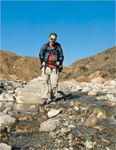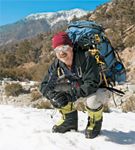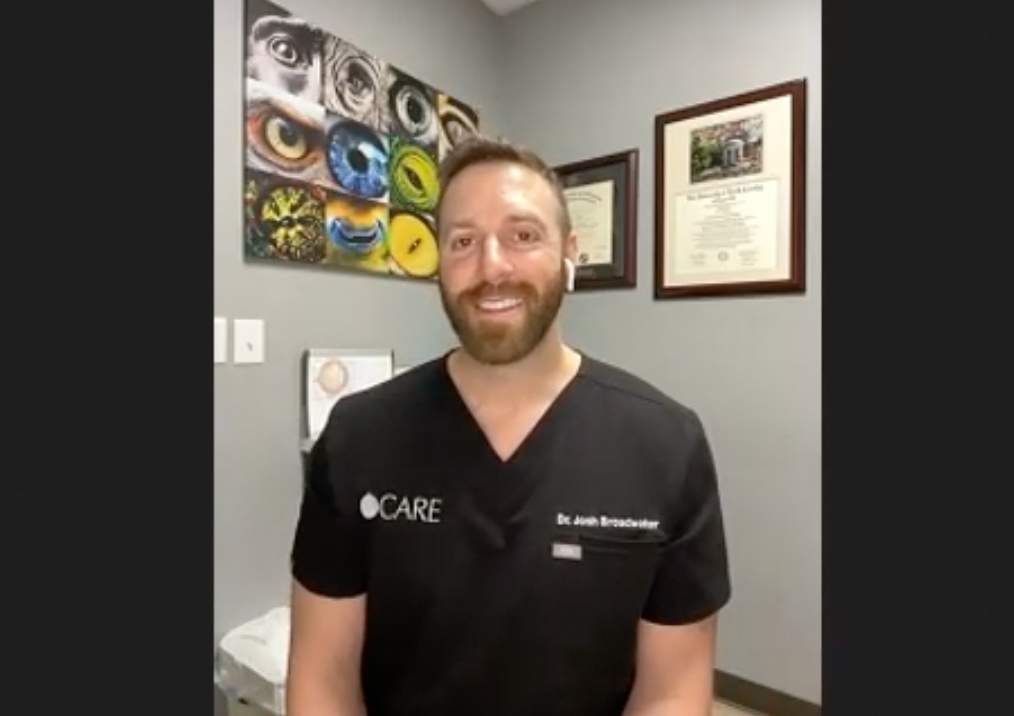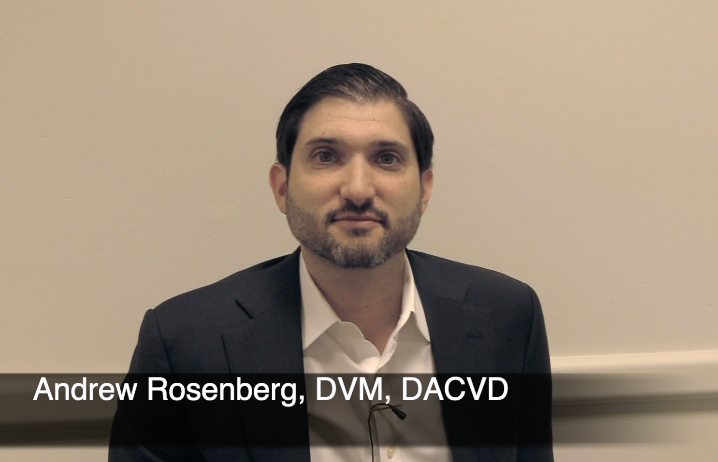In search of the seventh summit
Two hundred climbers perished before him.
It's the highest mountain in the world pushing beyond the clouds at 29,035 feet.

Strict training regimen: Michael Andrews, DVM, alternates from 6-12 mile hikes and strength training to ready for his attempt at Mt. Everest. (Photo: Andrea Bricco )
If Michael Andrews, DVM of Oak Glen, Calif., makes Mt. Everest's summit next month, he's believed to be the second veterinarian in the world to do so. For Andrews, a successful climb would rank as his sixth summit in a string of expeditions from Mount Kilimanjaro to Mount Rainier.
Prior to his March 24 trip to Tibet, Andrews spoke with DVM Newsmagazine about the climb, his personal goals and how this type of expedition influences his work as a private practitioner.
Taking risks
Even though Andrews says he and his guide are doing everything in their power to mitigate risk, the climb is dangerous. Reportedly, 120 corpses are still entombed on the side of this mountain. "It becomes all too real when you see someone being taken off a mountain on a stretcher."
If the altitude sickness doesn't kill the expedition, avalanches and accidental falls could. Deaths from avalanches are at a 2:1 ratio over climbing mishaps.
Crossing glaciered crevasses on ladders, or hoisting over impassable rock, it's all part of the grueling expedition.
You study, train, workout, hike and develop mental strength to endure the inevitable deprivation.

"If I was afraid of doing it, I wouldn't go. You try to mitigate the risk as much as possible, and you make yourself physically and mentally ready." ÃÂ- Michael Andrews, DVM (Photo: Andrea Bricco )
"The key to doing this is taking the suffering that is inevitable. It can be from heat, cold, boredom, stuck in a tent for three days, physically worn out, affected by altitude, or a high-altitude cough is keeping you up at night. Sometimes, you have to play games with yourself to turn it around. It is not always easy to do."
There are many emotions that come with the trek, Andrews says — fear is not one of them.
"If I was afraid of doing it, I wouldn't go. There are things you think about, but you try to mitigate risks as much as possible and you make yourself physically and mentally ready. Things can happen, but I don't think about it a lot."
Elevation sickness, Andrews adds, poses the far greatest threat to reaching the summit. This two-man expedition will have oxygen to help.
Andrews says that elevation sickness can be insidious. It influences your coordination and balance, and can cause nausea, lethargy and altitude headaches. Cerebral edema is far more serious. "The higher you go, the greater the risk."
If either of those are ailments are suspected, climbers head to lower elevations to recover. "If you look at this thing objectively. I am hoping that weather or something physical doesn't prevent me from summiting, because it is a lot of work and a big expense."
"The big concerns for me are about the altitude. I have never been past 22,800 feet. I have proven to be slow to acclimate to altitude. I am not too concerned about the other risks. For me it would be frustrating to go there and not reach the goal. However, I am prepared to walk away if things intervene and make it not doable. I have done that before."
Setting goals
For Andrews, mountain climbing has offered invaluable life lessons about motivation, setting and achieving goals, risk taking and endurance. All of these lessons translate into his professional life.
"It has given me the focus to set a goal, and make it happen. It gives you a focus to do better, to continuously improve. To take that learning and apply it my life as a veterinarian and for me personally."

The Obstacles of Mt. Everest
Every climber, Andrews says, has good days and bad days. When mountain climbing, your team helps you during those bad days.
You find motivation from each other to keep pushing ahead, he says. You build friendships like he created with veterinarian and climber Dave Granstrom. Still, Andrews adds, the motivation comes from within.
"That is directly applicable to my professional life."
Andrews is expected to return from Mt. Everest in late May. Following the expedition, he will need to tack on a couple more weeks for recovery. If successful, he will be eyeing his seventh summit.
"You are really proud when you achieve that kind of a goal. You get to see stuff from the top of these mountains that is just incredible. It's incredible to be privy to this environment that is not had a lot of human interaction. I really like that."
Podcast CE: A Surgeon’s Perspective on Current Trends for the Management of Osteoarthritis, Part 1
May 17th 2024David L. Dycus, DVM, MS, CCRP, DACVS joins Adam Christman, DVM, MBA, to discuss a proactive approach to the diagnosis of osteoarthritis and the best tools for general practice.
Listen











